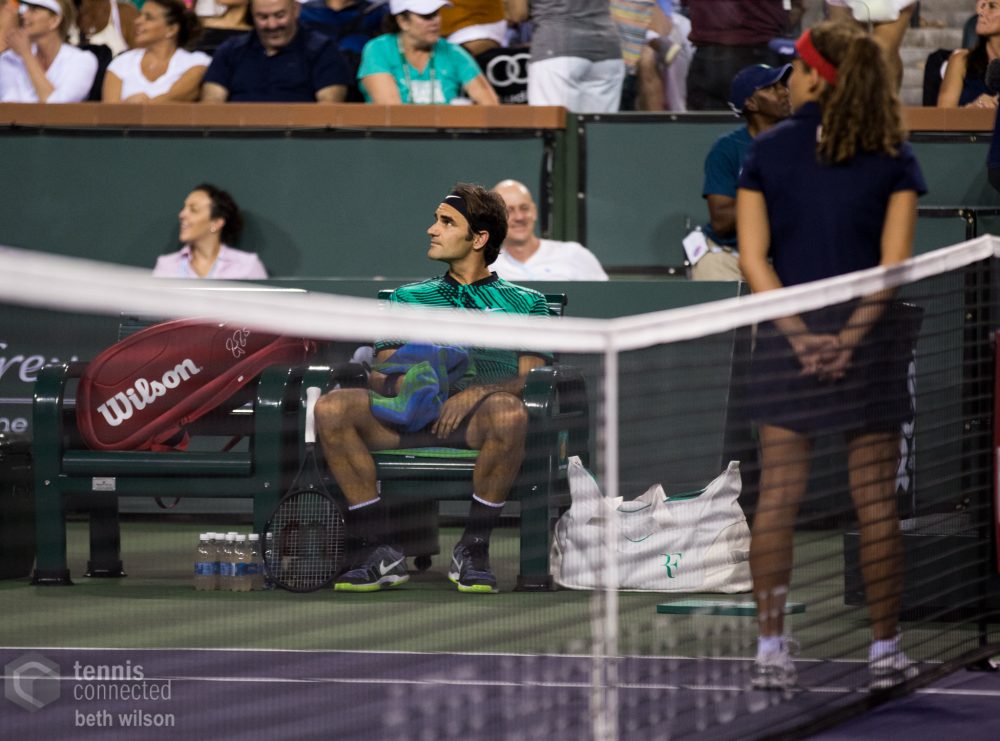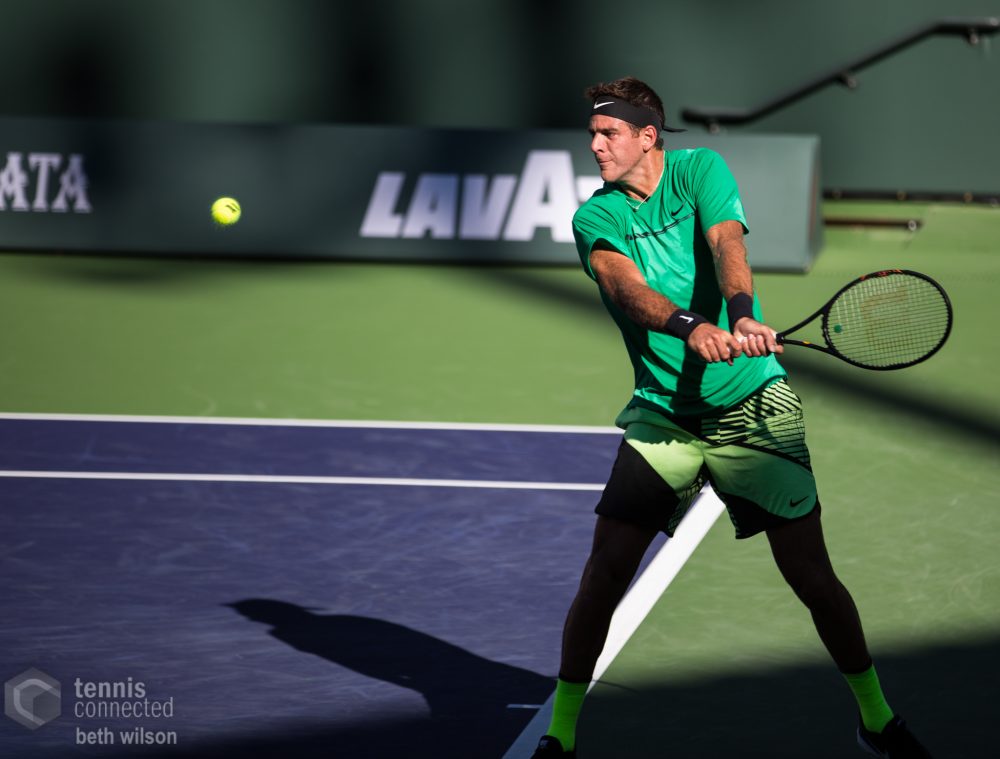If there’s one takeaway from the first three months of tennis in 2017, it’s that at 35, Roger Federer is again the world’s best player. If there’s a second, it’s that the world’s best player is thirty-freaking-five – as good news as that is for Federer, it’s not so great for men’s tennis.
And no, it’s not because there’s anything bad about Federer’s success in and of itself – it’s actually pretty damn fantastic – but because of the context in which it’s situated as we move on to Miami. After falling early in Melbourne and Indian Wells, neither no. 1 nor 2 Andy Murray and Novak Djokovic will play in Florida, and that means the only reliable draws are a 30-year-old Rafael Nadal and Federer, both of whom have proven in recent times to be anything but reliable. Simply put, as much as we might like to think it’s possible Federer keeps this up, deep down we know he won’t, and with Murray and Djokovic suddenly feeling their own aging bodies, that leaves us sweating the void of a week-in-week-out superstar the game needs.
Sure, Miami isn’t the most important of tournaments – you could even make the case in terms of schedule that it’s the least important of the Masters 1000s – but top players in their physical prime don’t miss it. This is the first-ever absence for both Murray and Djokovic, each citing elbow injuries that certainly wouldn’t have kept them out of a major, but understandably need to be rested when they can. Both turning 30 in May, rest is sure to become an even bigger priority, and it’s not like Federer (or Nadal) can be counted on to fill those inevitable gaps.
Even discounting the freak knee injury that cost him most of the 2016 season, Federer has only played Miami once in the preceding three years, and has already intimated he’ll skip most or all of the clay court season – nor can Nadal be counted on with his lengthy injury history. With Murray and Djokovic starting to employ that strategy, forget the “big 4”, it’s now the big whoever-happens-to-show-up-that-week.
Still you might be wondering if it really matters that the top guys absences really matters at these sorts of tournaments – they’ll certainly be at the majors, and it’s not like it’ll affect their performances. It matters for two reasons, 1: barring hometown heroes (e.g. Nishikori in Japan) they’re the only sure-fire draws we have (yes, including Stan Wawrinka) and that means less people taking an interest in tennis, and 2: it signifies that officially, all four are on the back-end of their careers with no one ready to replace them.
To the latter point, of course you could bring up names like Nick Kyrgios and Sascha Zverev as players poised to take that mantle (and in the latter’s case, I already have), but the problem is we already need them, and they’re not there yet, and the matter of when – or if – might still not be resolved for years. As superhuman as the big 4 have proven to be, retirement isn’t unimaginable any more for any of them – hell, just making it to 30 is a big achievement for many top players – and with no superstar stepping up from the Nishikori/Raonic generation, we’re forced to push players that (especially in Kyrgios’ case) aren’t ready to do it.
The truth is no one waxes nostalgic for the days of Marcelo Rios schlepping his way to the top spot, but the recent signs point to something similar being in tennis’ near future. The Fed-naissance is great but the easing-back of Murray and Djokovic is equally troubling. Tennis should make headlines at least 13 times a year, not four, but right now we can only realistically expect the latter. For so long the game has been tied to the big 4, and with that tether loosening, we’re headed for choppy waters.















